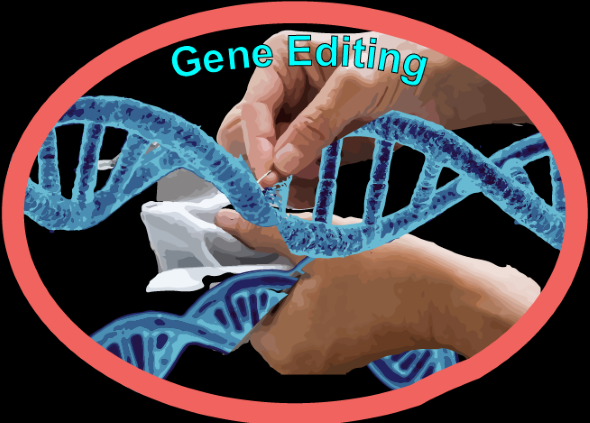Gene editing: Is it a real cure for diseases?
Simple question, tricky answer…
I am a scientist who did gene editing to correct blindness in rats. Despite that, it is difficult for me to agree that we are at the point when it is entirely possible to cure a person.
Definitely, I can say that gene editing has advanced a lot in the last years… and guess what? Women have made the difference. You already know that I strongly encourage ladies to pursue scientific careers. Jennifer Doudna and Emmanuel Marie Charpentier are a beautiful example for us girls! In fact, they recently got the Nobel Prize for their discoveries of the technology CRISPR-Cas9 (the name of the technology that nowadays is the most used to modify the genome).
But let’s back to our question. Why do I think it is difficult to tell whether we can cure diseases with gene editing?
Because in experimental controlled and simple models (like having a small bunch of similar mouse cells in a little sterile box of one square inch), we can achieve a “cure.” However, to transfer that achievement into a living mouse and to correct a particular organ inside of it is tremendously challenging.
In basic scientific studies, we have something called “proof of concept.” This means that we got some evidence that only shows that something is possible, but not to the point of being ready to be applicable elsewhere. A discovery presented as “proof of concept” still may require many years of investigation and fine-tuning. Therefore, experimentation goes from a bunch of similar cells in a dish to try new strategies for adapting the finding in a live organism. Usually, that live organism could be a mouse, where thousands of different cells interact, making it complicated to target only all those affected by the disease.

Things of the heart ... edit them…
…At the genetic level?
Maybe you have heard that cardiovascular diseases are the leading cause of human death worldwide, according to World Health Organization estimates.
While science has come up with gene-editing technologies, and many formal investigations start with the above sentences, unfortunately, gene editing will not decrease death trends. Why?
We need to know that to cure a disease using gene editing, the problem causing the disease must be in a gene or genes (this means a disease of genetic origin). However, when we talk about cardiovascular diseases causing death, nearly 85% of those derive from problems that do not have a genetic origin. In most heart problems, genes are ok, and the heart becomes sick because of different reasons. Usually, those reasons are related to a blockage in blood flow (atherosclerosis) like consequence of obesity (as an example). In this context, gene editing cannot do much.
Only limited types of heart diseases have a genetic cause. Thus, only a few heart problems could be susceptible to being cured by a gene editing approach (if this becomes efficient in our future, of course).
REFERENCES
Suzuki, K. et al. (2016). In vivo genome editing via CRISPR/Cas9 mediated homology-independent targeted integration. Nature 540, 144–149.
Hernandez-Benitez, R. et al. (2018). At the Heart of Genome Editing and Cardiovascular Diseases. Circ Res 123, 221–223.
Hernandez-Benitez, R. et al. (2018). At the Heart of Genome Editing and Cardiovascular Diseases. Circ Res 123, 221–223.